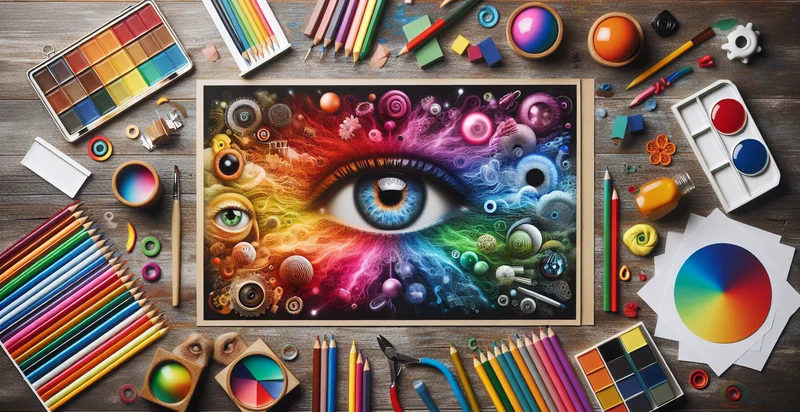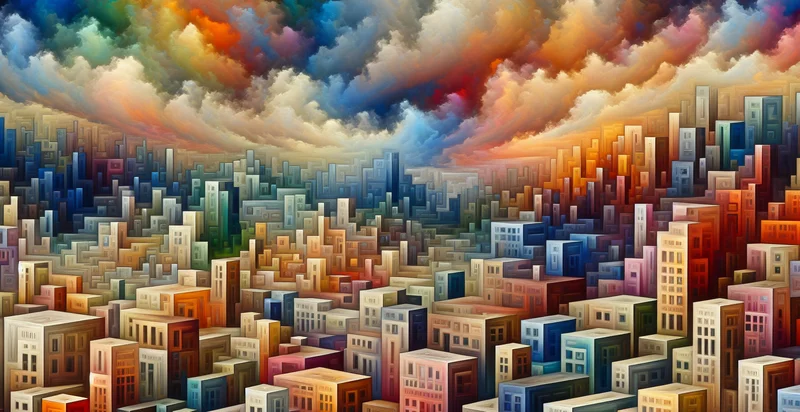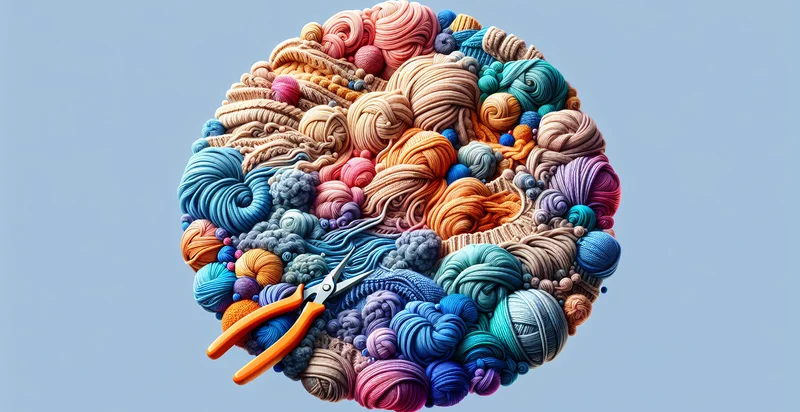Identify color vision
using AI
Below is a free classifier to identify color vision. Just upload your image, and our AI will predict the dominant color in the image - in just seconds.

Contact us for API access
Or, use Nyckel to build highly-accurate custom classifiers in just minutes. No PhD required.
Get started
import nyckel
credentials = nyckel.Credentials("YOUR_CLIENT_ID", "YOUR_CLIENT_SECRET")
nyckel.invoke("color-vision", "your_image_url", credentials)
fetch('https://www.nyckel.com/v1/functions/color-vision/invoke', {
method: 'POST',
headers: {
'Authorization': 'Bearer ' + 'YOUR_BEARER_TOKEN',
'Content-Type': 'application/json',
},
body: JSON.stringify(
{"data": "your_image_url"}
)
})
.then(response => response.json())
.then(data => console.log(data));
curl -X POST \
-H "Content-Type: application/json" \
-H "Authorization: Bearer YOUR_BEARER_TOKEN" \
-d '{"data": "your_image_url"}' \
https://www.nyckel.com/v1/functions/color-vision/invoke
How this classifier works
To start, upload your image. Our AI tool will then predict the dominant color in the image.
This pretrained image model uses a Nyckel-created dataset and has 14 labels, including Anomalous Trichromacy, Blue Yellow Colorblind, Color Vision Deficiency, Color Vision Impairment, Deuteranopia, Dichromacy, Monochromacy, Normal Trichromacy, Normal Vision and Partial Color Vision Deficiency.
We'll also show a confidence score (the higher the number, the more confident the AI model is around the dominant color in the image).
Whether you're just curious or building color vision detection into your application, we hope our classifier proves helpful.
Related Classifiers
Need to identify color vision at scale?
Get API or Zapier access to this classifier for free. It's perfect for:
- Quality Control in Manufacturing: This function can be used in manufacturing environments to classify products based on their color consistency. By identifying false color anomalies, manufacturers can ensure that only products meeting the desired specifications are sent to the market, reducing waste and maintaining brand integrity.
- E-commerce Product Verification: Online retailers can use this classification function to verify the colors of products uploaded by sellers. This helps prevent misleading product listings, enhancing customer satisfaction by ensuring that what customers see matches what they receive.
- Art and Antique Authentication: Art dealers and appraisers can utilize the color vision identifier to assess the originality of artworks and antiques. By analyzing the colors in relation to known authentic pieces, they can detect possible fakes that may not adhere to the expected color patterns.
- Fashion Trend Analysis: Fashion retailers can leverage this function to analyze clothing and accessory colors from runway shows and social media. By identifying trends in color patterns, they can make informed decisions about inventory and styling to align with consumer preferences.
- Medical Imaging Diagnostic Aid: In the medical field, this function could assist in analyzing images of tissues or cells for diagnostic purposes. By correctly identifying color discrepancies in samples, healthcare professionals can improve the accuracy of diagnoses and treatment plans.
- Environmental Monitoring: This function could be deployed in environmental studies to classify images of natural landscapes or wildlife. By identifying false color representations in satellite images, researchers can better assess ecological changes and the impact of human activities on various ecosystems.
- Marketing and Branding Analysis: Businesses can use the color vision identifier to analyze the color schemes of their branding materials across various platforms. By ensuring consistency in color representation, brands can strengthen their identity and enhance recognition among consumers.


